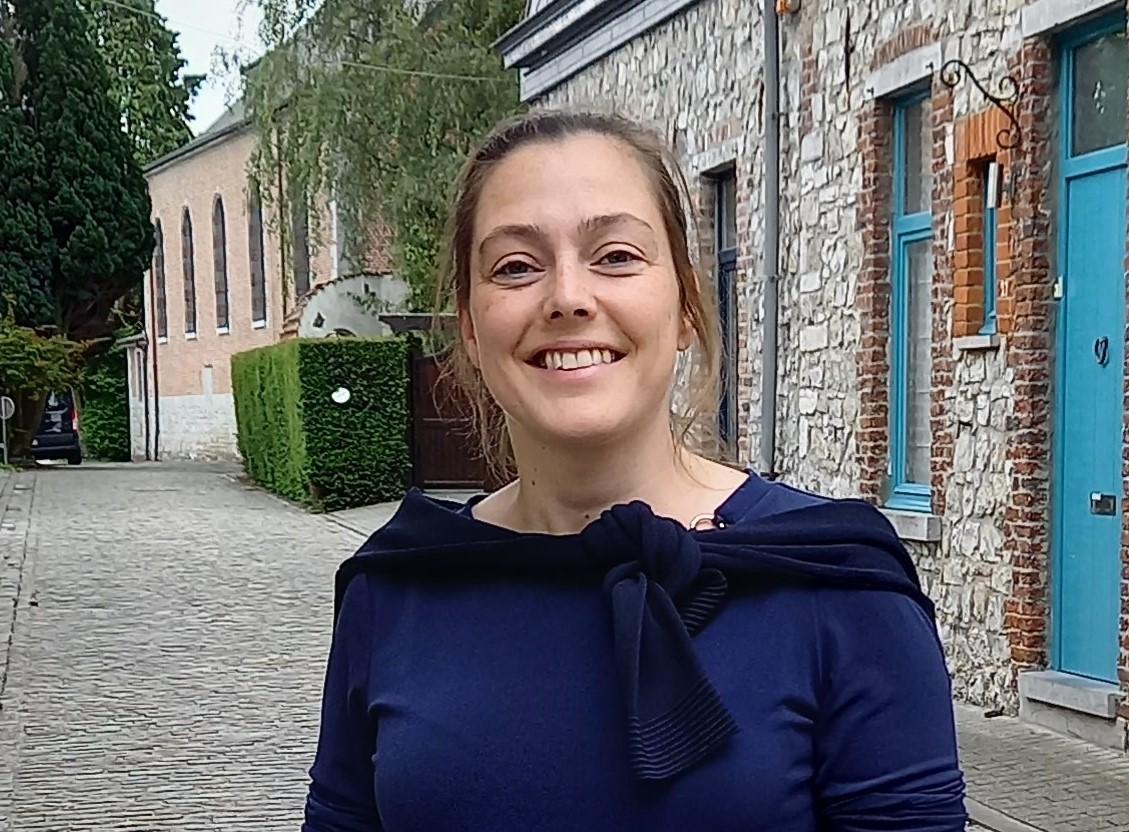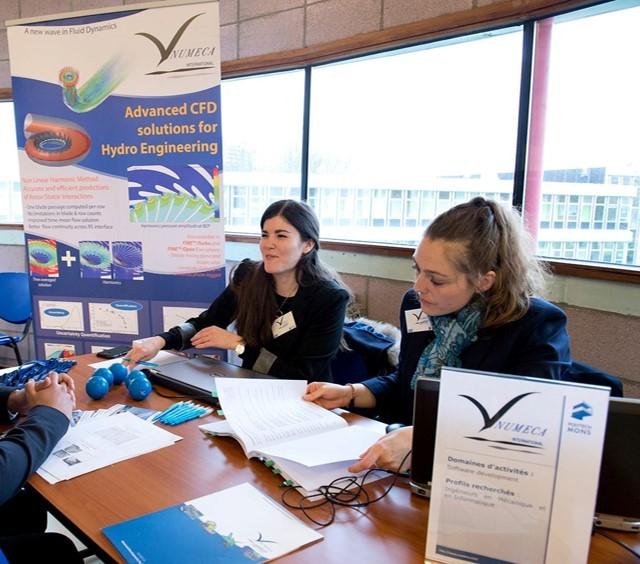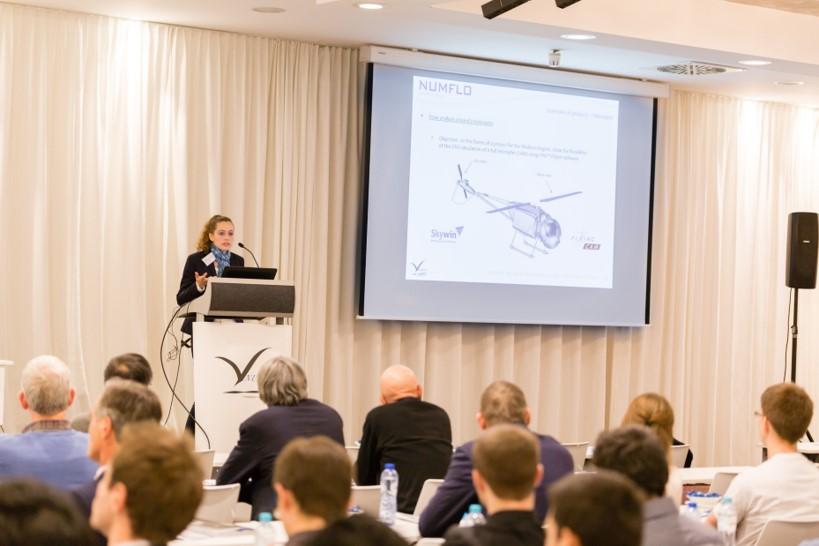Cadence Celebrates Women in CFD With Virginie Barbieux
After an insightful and inspirational conversation with Carolyn Woeber on women in computational fluid dynamics (CFD), we spoke with another inspirational woman working in CFD, Virginie Barbieux, Senior CFD Product Engineering Manager at Cadence. Virginie shared about herself, her career journey to date, and advice that will benefit other women engineers or practitioners in CFD. According to Virginie, “We, women engineers, are as resourceful and contribute at equal levels as our male counterparts.” To learn more about Virginie and her life in the world of CFD, read the conversation below.
Tell me something about yourself.
I am a very enthusiastic person. I like new challenges, learning new things each day, and meeting people from different countries and backgrounds. I am from Belgium and have been here all my life, and I am currently residing near Mons. I had a great interest in mathematics and science from a very young age, and as I grew up, I knew engineering was my field. At that time in Belgium, we did not have separate bachelor’s and master’s degrees; instead, it was an integrated five-year course, and I got my master’s degree in mechanical engineering in 2004 from Faculté Polytechnique de Mons (Faculty of Engineering from Mons in Belgium). It is now called "UMONS" (University of Mons).
Was your career in CFD a planned or an unplanned adventure, and how did it start?
I believe my career has been a mix of both, some of which have been planned and others just followed. I chose fluid mechanics as my specialization during my degree, and I believe this was a stepping-stone for my career in CFD. During the last year of my studies, we had to do two projects: one of these was related to CFD, where I had to analyze the flow of melted glass in a glass furnace. It was an industrial project that started off as a one-month internship in the CFD team of a research center in a well-known glass industry, which later extended into a six-month collaborative project. It gave me the opportunity to discover industrial CFD processes and procedures for product development. Moreover, I realized the importance of model choice and meshing in accurately capturing flow physics.
After this project, I was really fascinated by what CFD can bring as an added value to the industry, and therefore I decided to look for a job in that field. I started my career in a Belgian aerospace company, performing thermal simulations on electronic boards that are embedded in space launchers. This was really a great first experience, but I realized that what I wanted to do was to know more about CFD applications. In 2005, I started at NUMECA, which now belongs to Cadence. I entered the CFD engineering services as a junior engineer.
What does your day-to-day life working in CFD look like?
Today, I am in charge of the engineering services team. We deliver advanced consultancy work to a wide range of customers, small companies, or worldwide industries, for many applications such as aerospace, defense, marine, environment, energy, etc. Everything starts with the customer's request. First, we must understand the need for CFD simulation and the customer expectations. Once the customer agrees to our proposal for CFD work, we set up the project for them—including the mesh, the calculation, and the post-processing—and we perform the fluid flow analysis and/or optimization. At the end of the project, we deliver a report describing the different steps of the CFD study and presenting the analysis of the results.
As a CFD product manager, my work is not restricted to any specific domain. In fact, the freedom to explore and work with customers from different domains makes my work more interesting and challenging. I cannot say that CFD applications from any specific field are my favorite because I have my favorite studies in different domains.
How different is CFD today when compared to your initial years in this field?
The widespread use of CFD for different applications occurred together with the evolution of computational resources. During my internship, the mesh that we created had several thousands of mesh cells, and back then, that was considered a big mesh. Today, hundreds of thousands of cells are nothing. Using parallel computing and HPC, a design model with several million cells can be computed in hours. This increased computational power has made CFD simulation and analysis more complex; today’s customers would like to include more and more details in the geometrical model and more and more physics in their modeling, making the CFD model more elaborate than ever before.
Is it difficult for women to grow in this field? What is your take on this?
No, I don’t think that it is difficult for women to grow and prosper in this field, or else I wouldn’t be where I am today. I’ve seen a disparity in terms of the number of women in the engineering field since my studies, but that could be because some women do not know a lot about tech careers. Women might think that this is not for them, because of stereotypes. We need to change this, explaining to young girls that, indeed, tech careers can be for women if they want to do that.
For me, working in a male-dominant field has never been a problem. In fact, I have wonderful male colleagues that take my ideas into consideration and have always supported me in my career journey. Despite being the mom of an 11-year-old, I have managed to find a perfect balance between my work life and my personal life. At the workplace, we are all part of a team, and we are all engineers, and our gender never gets in our way.
Key Takeaways from Virginie
- Just be yourself, be confident in who you are, and enjoy your job.
- It does not matter what your gender is. What matters is what you would like to do, to what extent you are motivated, and how far you’re willing to go to achieve that goal.
- Finding a balance between work life and personal life is the key to success in one’s career.
- Create a workplace environment where everyone feels wanted and is treated equally.
To learn more about Cadence CFD technologies as they evolve, connect with Virginie Barbieux on LinkedIn.





